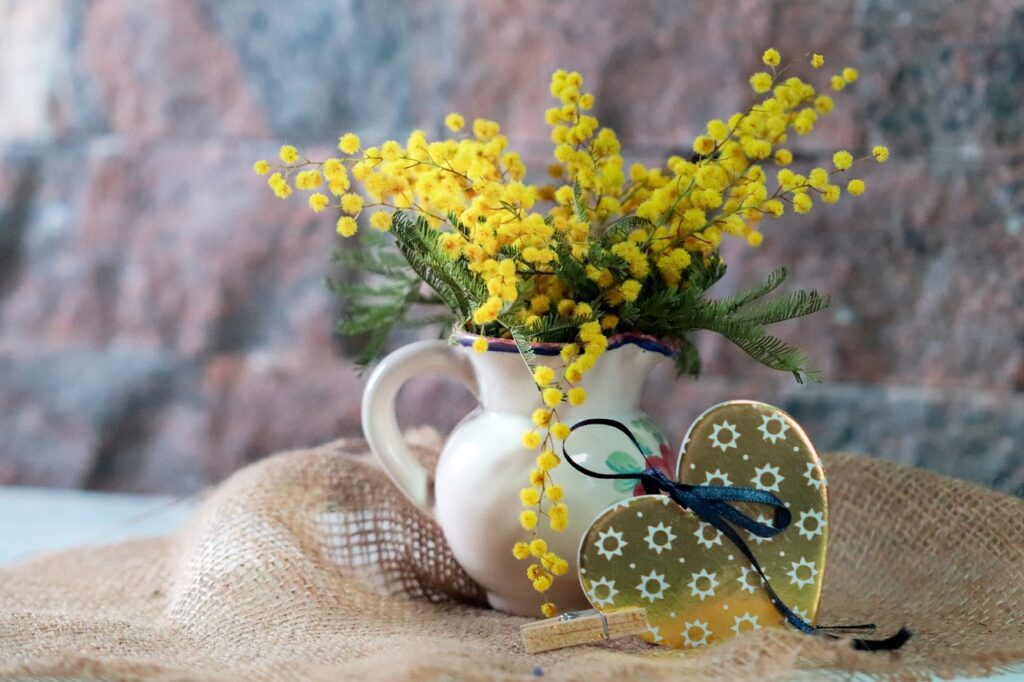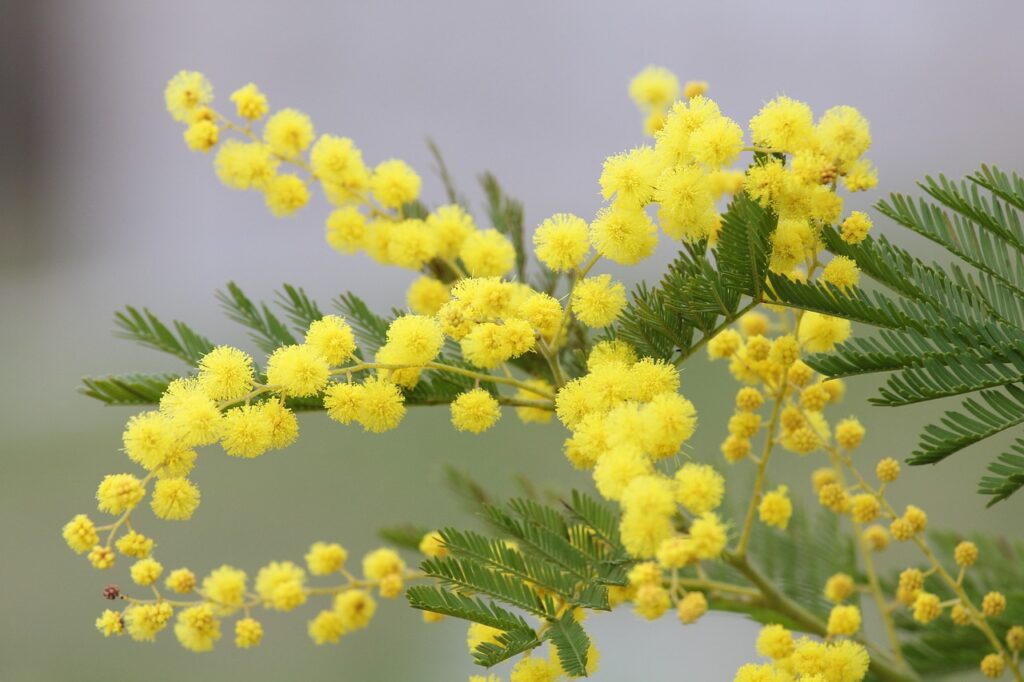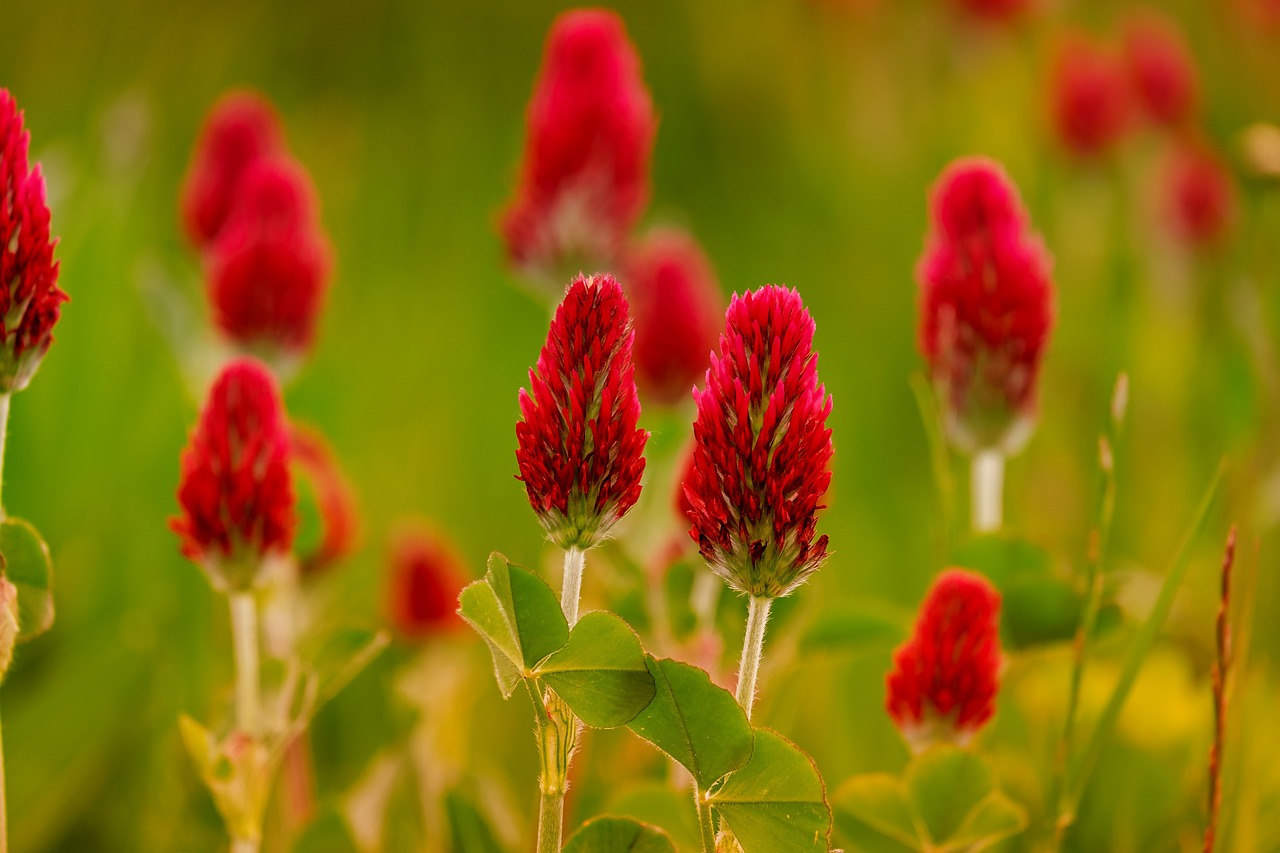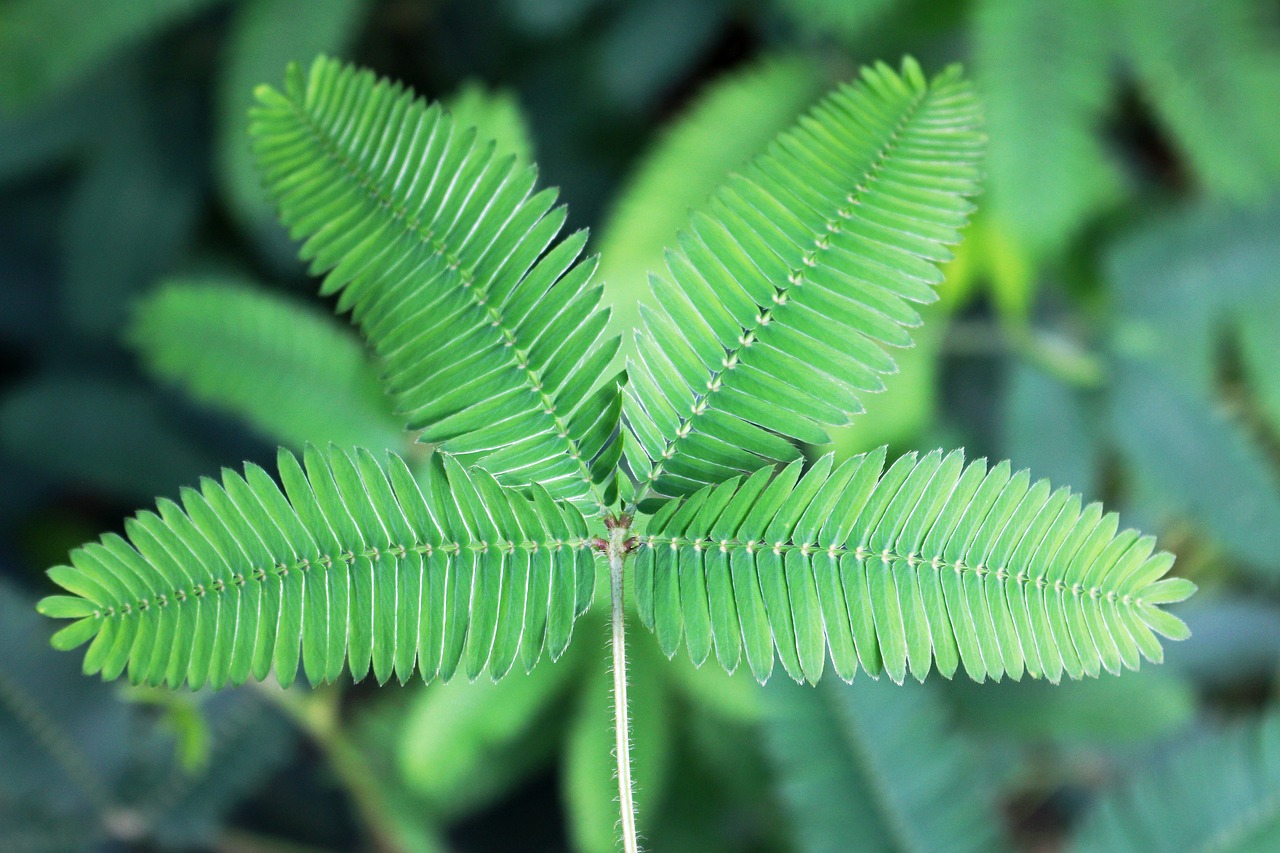Mimosa: Features and Care

Mimosa is widely known as a symbolic flower that heralds the arrival of spring. Its fluffy yellow blooms give off a warm and cheerful impression, making it a favorite among many. In France, the “Mimosa Day” is celebrated, highlighting its cultural significance.
In this article,I will delve into the basic information of Mimosa, its historical background, and gardening tips.
Basic Information
- Scientific name: Acacia dealbata
- Family: Fabaceae
- Origin: Australia, Tasmania
- Appearance: Mimosa produces small, spherical, yellow flowers that emit a sweet fragrance. The tree can grow between 3 to 10 meters tall, with finely divided feathery leaves that are silver-green, providing a striking contrast to the vibrant yellow flowers.
- Blooming season: Primarily from early spring (February to March), blooming during the colder months and signaling the early arrival of spring.
Cultural Significance Around the World

Mimosa holds special cultural significance, particularly in France and Italy. In France, it is associated with March 8th, “International Women’s Day,” where it is customary to give mimosa flowers to women in celebration of the day, known as “Mimosa Day.” This day is a celebration of women’s rights and equality, and mimosa, with its bright and cheerful appearance, is used to symbolize the arrival of spring and new beginnings.
In Italy, Mimosa is also widely loved as a symbol of spring and is often used for decorations during festivals and events. Across Europe, Mimosa carries the meanings of “friendship” and “gratitude,” making it a popular choice for gifts.
Historical Episodes
Mimosa is originally native to Australia, but it was introduced to Europe in the 19th century. It quickly adapted to the warm climates of the Mediterranean, particularly in France and Italy, where it became widely cultivated.
One key event that popularized mimosa was the “Mimosa Festival” held in the French Riviera. This festival, held annually in February, celebrates the arrival of spring and attracts many tourists.
In addition, mimosa’s delicate beauty has made its way into poetry, art, and fashion. Many famous French writers and artists have used mimosa as a motif in their works, with its bright yellow blossoms widely recognized as a symbol of spring’s arrival.
Gardening Advice
Cultivation Guide
Mimosa is relatively easy to grow but thrives best in sunny locations. It grows well in well-ventilated spots, and young trees require protection from frost, though mature trees become more frost-tolerant.
Mimosa prefers well-drained soil, so when growing in pots, it’s important to use soil that allows excess water to drain easily. Water the plant thoroughly when the soil dries out, but as it is drought-tolerant, watering should be reduced in winter.
Environment and Growing Conditions
Mimosa prefers slightly acidic to neutral soils, though it can adapt well to various soil types. During its growth period, applying phosphorus-rich fertilizers encourages better blooming. Pruning is best done after flowering to maintain the shape of the tree and promote new growth.
In winter, providing light protection, especially in colder climates, is recommended. Wrapping the trunk with straw or frost cloth helps to prevent cold damage.
Conclusion

Mimosa is a flower that brightens spring with its vivid yellow blooms and is celebrated as a symbol of the season in many countries. It is relatively easy to grow, and with proper care, it will reward you with beautiful flowers every year.
Whether you’re interested in the cultural significance of mimosa in France and Italy or simply want to add a touch of early spring to your garden, growing mimosa will surely bring a burst of color and cheerfulness to your space.




